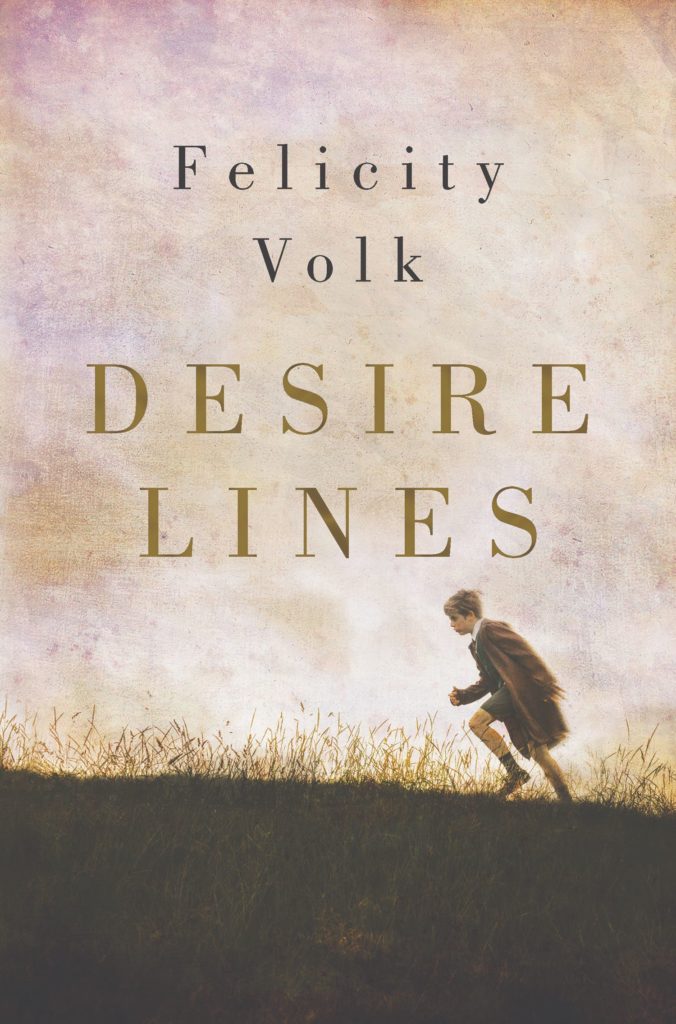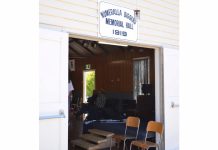Canberra author Felicity Volk has just released her second novel. Set largely in Canberra, Desire Lines follows a love story that spans decades and continents, intersected with the growth and change of the Nation’s Capital.
Tell me about Desire Lines; how did it come to be and come together?
I see three key starting points in its gestation: The first one goes way back to when I was about five years old … and I got spanked both for stealing and for lying. That sense of what happens when you tell a lie had a very profound effect on me, and I became completely unable to lie without feeling physically ill … That was the scene setting for the beginning of the truth and lies component of Desire Lines, as one of its key themes.
The second seed was that around the time that I started writing, I’d had a very complicated relationship which ended painfully, and I think there was a bit of catharsis in writing about a compulsive unconventional and very dysfunctional love that brought these two characters, Paddy and Evie, apart and together and apart over many years.
The third key seed for the story was, when I was writing the last part of my first novel … I was researching into the different species that are regenerated by fire, and while researching I came across a reference to the Global Seed Vault in the Arctic Circle, which had opened in 2008, and I was really struck by this image of the way we as a species put seeds into ice to preserve them against catastrophe … So that idea became the book ends for the start and the end of the novel, and I felt like it was a baton being handed from my first novel and the close of it, to the opening of my second.
What kind of preparation went into Desire Lines, in terms of detailed research on the subject matter?
The really practical research involved me travelling to the Arctic Circle and visiting Longyearbyen, which is where the seed vault is situated in the middle of a mountain, 120 or so metres into the middle of that mountain in the middle of permafrost. So I was very fortunate to have a grant from the Australia Council and also a grant from the ACT Government through ArtsACT … I also did research in Wisconsin at Frank Lloyd Wright’s historic house, which is now used as a school of architecture, Taliesin … I also travelled to Hammersmith in London, that’s where the Nazareth School is, and that’s where my male protagonist, Paddy, spent several months before he was shipped out to Australia to Molong to be institutionalised in one of the Fairbridge Farm Schools. I drove to Molong and had a look the derelict property there … But I also did quite a lot of research fairly early on, before I started writing, at the National Library of Australia. Because Desire Lines features the construction of the High Court and the National Gallery, I wanted to get a sense of what might be in the mind of an architect when they’re approaching the conception, design and development of a major public institution.
How do you develop these rich and complex characters?
I find that my characters tend to write themselves. I had a sense of the start of the novel, and the end of the novel; I had a broad sense of the arc of the narrative; I knew that my protagonist would be an architect and a landscape architect and that their professional lives would provide an opportunity for them to connect, and to bring together those themes of built environment and the built environment’s intersection with the natural environment.
How does writing a second novel differ to writing a first?
For me it was easier. Which I know is an odd thing to say, because the general view is that a second novel is a very troubled beast. I think because of circumstance, I had a very different experience writing that second novel, because I had the two grants and I had that beautiful luxury of a year away from everything else and concentrated time for writing, I was able to immerse myself in the idea I had for the work, and it actually wrote itself. I was very fortunate not to have any sort of writer’s block; I just had these blissful days at home in my own company… I would sit down with the pot of tea, the bunnies in the cage beside me, sun on my back coming through the sliding doors, and I would just lose myself in the world that I was creating.
How does living in Canberra influence your writing?
I think Canberra has been under-represented in Australian literature … It wasn’t a deliberate decision to showcase Canberra in Desire Lines, but because I live here and I know the place intimately, and because I love the place, that naturally came through the writing. And I do think that’s important for a sense of authenticity and integrity in a work, that there is a strong understanding and sense of place, and that’s very easy to write when you live in a place and have access to its history as well.
Desire Lines is published by Hachette Australia.









